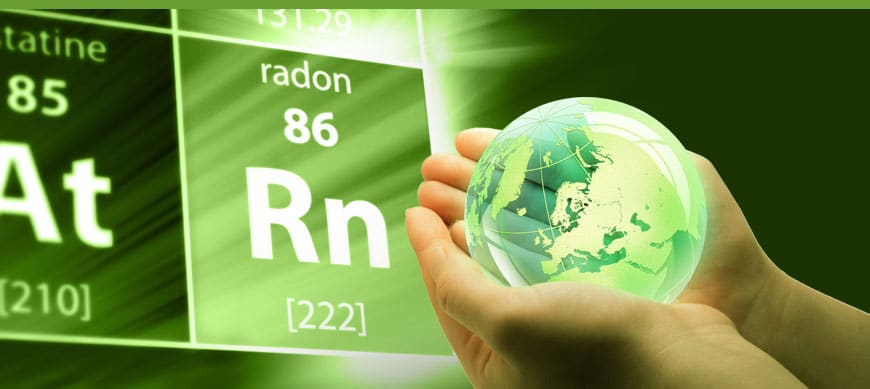A new directive to safeguard people against the effects of radiation, including radon, has been introduced by the European Union. The Basic Safety Standards (BSS 2013/59/EURATOM) were published in the official Journal of the European Union in January 2014.
This new update is a response to European Union recommendations published, for the first time, in 1987 linking lung cancer risk to the radon exposure in dwellings and workplaces. In particular, the directive applies to the management of existing exposure situations, including the exposure of the population to indoor radon, external exposure from building materials and cases of lasting exposure resulting from the after-effects of an emergency or a past activity.
In short, they recommended setting a reference level for indoor exposure in existing buildings of 20 mSv/y and a design level of 200 Bq/m³ (at that time corresponding to 400 Bq/m³) for future constructions, implying a protection of new buildings against radon. Public information and identification of risk indicators was also introduced. The impact of the new BSS will be important for many EU member states, as the directive requires them to put plans into action so that the required standards are achieved by February 2018.
Each member state is required to create a ‘national action plan’ to deal with radon exposure not only of workers, but also of the general public and to increase awareness-raising regarding the radon risk. A number of considerations are included in the directive and should be taken into account in the plan, such as a strategy for reducing radon exposure in dwellings, a communication strategy to increase public and worker awareness and inform local decision-makers of the radon risk or the definition of long-term goals in terms of reducing lung cancer risk imputable to radon exposure.
Also, research results have been recently published in the British Medical Journal (BMJ) regarding the impact of energy-saving measures. A modelling study demonstrated that the introduction of energy-saving measures such as increased insulation and air-tightness would lead to the average radon concentration in UK homes increasing by more than 50%. In turn, this could result in an additional 278 lung cancer deaths each year, highlighting the need for a balanced approach between achieving improved environmental performance without increasing risks to human health.
Bertin Instruments, thanks to Saphymo’s expertise, is positioned as a leader in the field of Radon Monitoring through the AlphaGUARD instrument and the AlphaE handheld Radon monitor. The new generation of AlphaGUARD offers high detection efficiency in radon monitoring, a wide measurement range (2 – 2 000 000 Bq/m³), fast response and maintenance-free operation with long-term stable calibration.
This professional device is suitable for expertise, short time and longtime indoor Radon measurement. The AlphaE, ultra-small radon monitor is designed for radon risk assessment in the workplace, monitoring personal Radon exposure. Its fast response allows precise evaluation of radon risk during working hours.

